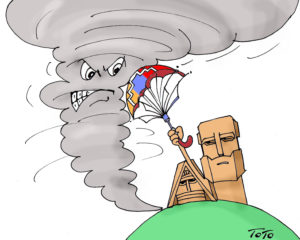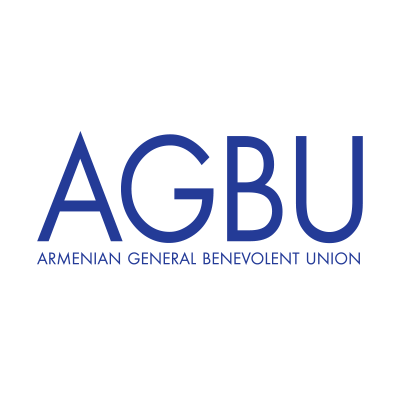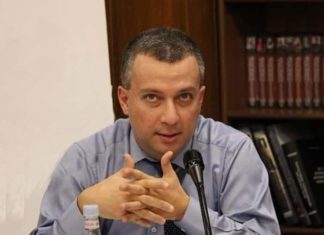 By Edmond Y. Azadian
By Edmond Y. Azadian
The collapse of the Soviet Union left behind many unresolved territorial issues which have come to be categorized as “frozen conflicts.” Nagorno Karabagh was one such “frozen conflict,” which today has been defrosted, thawed and even become one of the very hot spots of the region.
Karabagh is now caught in a whirlwind generated by the recent power reconfigurations in the Caucasus region.
An axis is being formed, bringing together Russia, Iran, Turkey and Azerbaijan. Armenia is left out to nobody’s chagrin, but the Karabagh conflict remains one of the stumbling blocks towards the full coagulation of the new alliance.
Since the signing of the cease-fire regime in 1994 between Armenia and Azerbaijan, brokered by the Kremlin, the Karabagh issue has been a permanent feature on the agenda of the Organization for Security and Cooperation in Europe (OSCE). For a period of time, Karabagh was party to the negotiations, but upon Azerbaijan’s objections, it was removed from the negotiation table and Yerevan did not make an issue out of it in order not to jeopardize the ongoing talks. However, at this time, negotiations have intensified between Russia, Turkey, Iran and Azerbaijan, and even Armenia itself has been marginalized.
After his recent meeting with President Vladimir Putin in St. Petersburg, President Recep Tayyip Erdogan made a blunt statement to the Turkish Aksam newspaper, saying: “There is progress in the resolution of Karabagh conflict. … To begin with if the five regions occupied by Armenian forces are liberated, then we can talk about the process of regulating the region. … The entire world is aware that Azerbaijani territories have been occupied by Armenia. … If all the parties accept this fact, then why not put an end to the occupation?”







